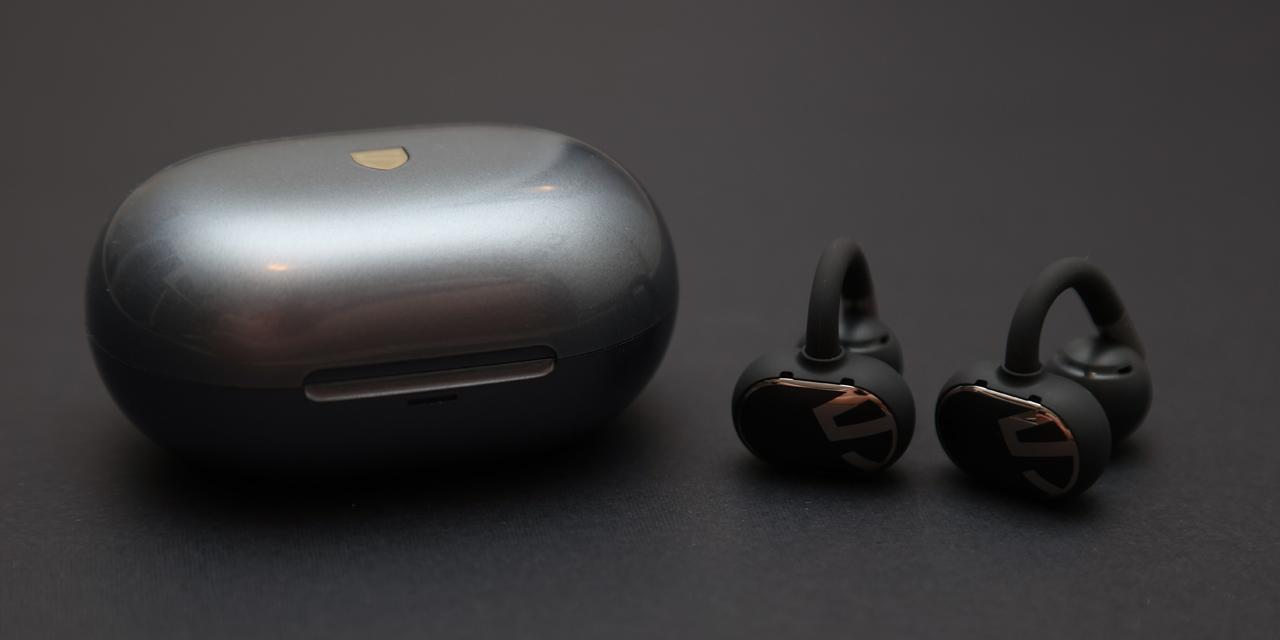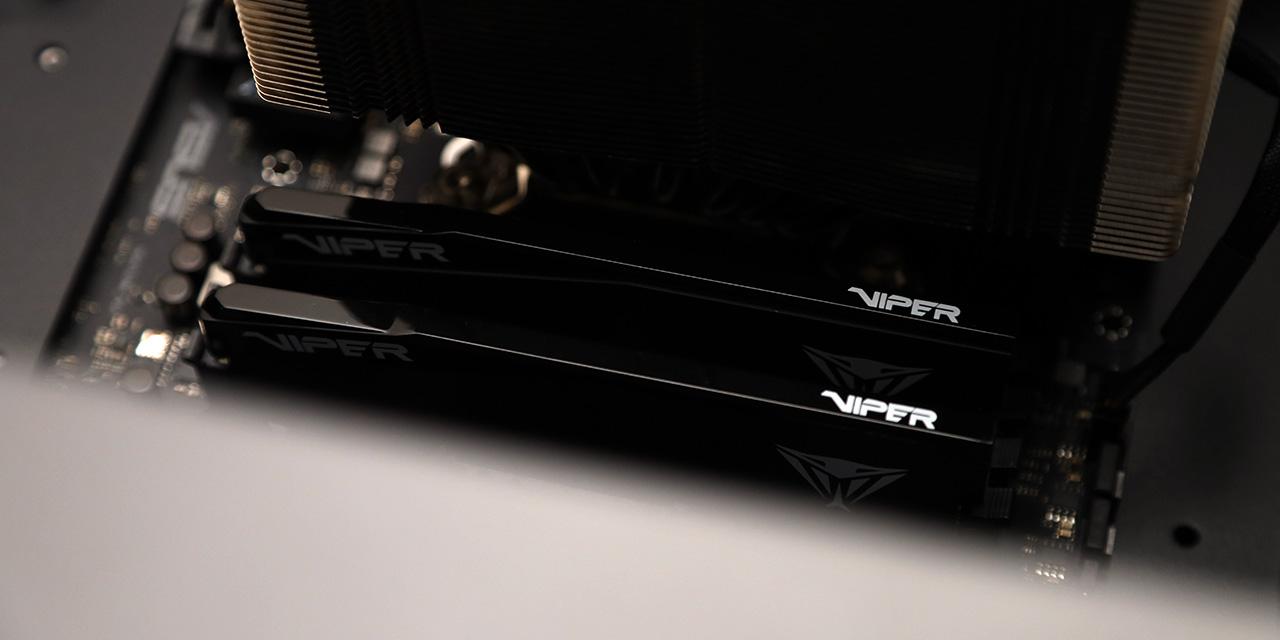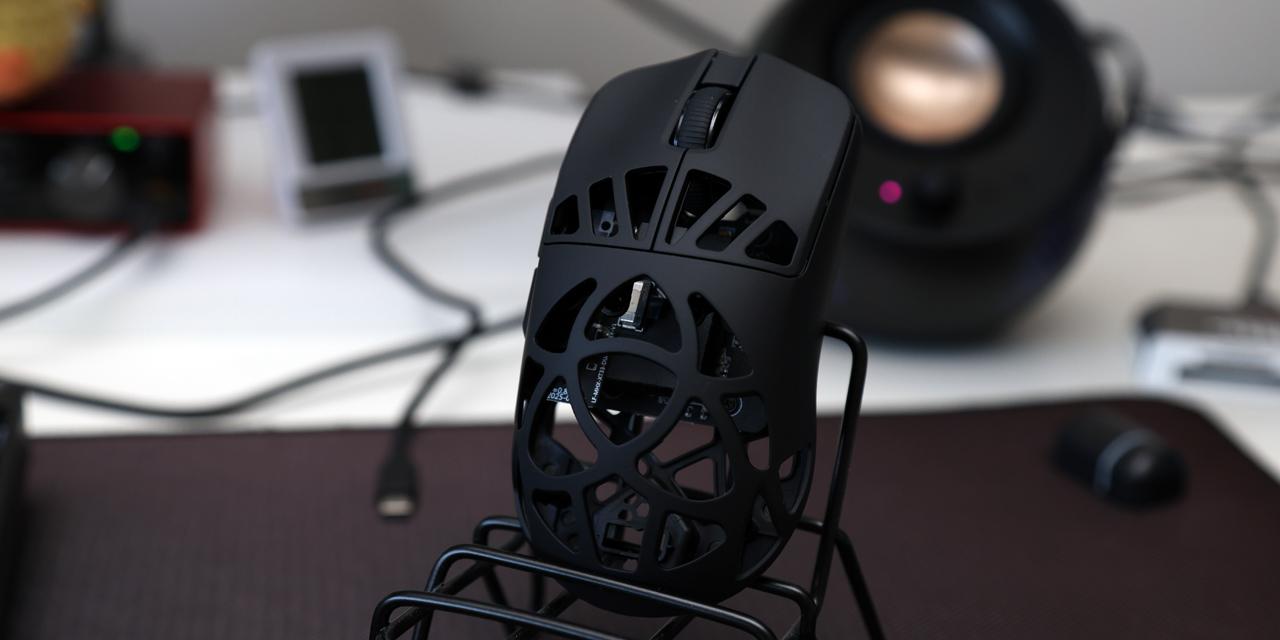Page 3 - A Closer Look - Disassembly and Internals

The keycaps of the Turtle Beach Vulcan II TKL are ABS plastic. I prefer PBT, or polybutylene terephthalate, keycaps because the material is harder and keeps its color better. These ones are also notably shallower than traditional keycaps. The lettering is printed on with a laser etching process, which removes the black cover to reveal the translucent plastic. This is a typical and cost-effective solution for keycap printing. The choice of font here is good and legible throughout. The keycaps use standard MX stems, so you can use any third-party keycap. One more thing I should point out is that while most keyboards have the tactile indicator on the "F" and "J" keys, this keyboard also has a tactile indicator on the "W" key, so that users can position their left hand for WASD on their keyboard. The keycaps on the Turtle Beach Vulcan II TKL follow an OEM profile, with a bit of concavity in the middle of each key to keep users' fingers resting here. The Turtle Beach Vulcan II TKL offers full NKRO over USB. NKRO stands for N-key rollover, which refers to the number of keys scanned independently by the hardware.

The longer keys of the Turtle Beach Vulcan II TKL, like the space bar and Enter, have Cherry stabilizers on each side to prevent wobbling, and hopefully ensure an even actuation. However, from the previous page, you will know that I do not like these stabilizers, as they do not feel good. Turtle Beach says these are pre-lubricated, but the travel is inconsistent. They also look like they are plate-mounted rather than screwed into the PCB. This is usually a cheaper alternative, as plate-mounted stabilizers can result in some rattling, which is something I have observed. The plate is aluminum and does not flex under pressure. This also affects how each keystroke sound with its higher pitched click. In between the plate opening under the space bar, you can see a bit of foam filling in this place. There is a layer of foam in between the plate and the top-mounted PCB to help with reducing resonance.

One key selling point of the Turtle Beach Vulcan II TKL is its switch technology. Mechanical switches consist of a housing base, stem, and spring, offering varying levels of tactile and audible feedback. More specifically, these are Titan HS mechanical switches, with HS standing for hot swappable. They are linear switches with a bottoming out force of 45g, actuation point of 1.8mm, and a total travel of 4.0mm. They have an expected lifespan of fifty million keystrokes. These connect with hot swap sockets, and the Turtle Beach Vulcan II TKL supports both three-pin and five-pin mechanical switches. As such, if you do not like these switches or if they fail, you can swap them out without replacing the entire keyboard.
Taking a closer look at the Titan HS, it has a clear top and black bottom. A stem is in the middle with a 15mm spring that keeps the switch elevated. The switch stem has minimal lateral movement inside the housing, which ensures actuation is stable and the keys do not wobble about. The switches are factory lubricated for a smoother typing feel and sound. Unfortunately, Turtle Beach does not make it known what materials of the switch.

Taking apart the Turtle Beach Vulcan II TKL is a laborious process, as it is held together with many screws. There are fifteen screws that can be removed from the top of the board, followed by one more annoying one underneath the center rubber pad near the bottom. To access the top screws, you will need to remove all the keycaps near the screws. What really bugged me was the screw that was under the rubber pad, as it was completely unnecessary to hide one there. Once you do take all the screws off, the top plate and PCB come off together in one piece and separates from the bottom.
In between the PCB and the plate, there is a layer of foam to help with reducing vibrations and resonant noise. Furthermore, another layer of porous foam underneath fills the layer between the PCB and the bottom shell. You can see there are two blobs of gel on the foam, which looks to be extra lubricant. These align with the location of the stabilizers on the left Shift and Enter keys. However, the other keys, such as the space bar, have no blobs under the stabilizers, so this is a case of over-application. Finally, you can see the USB Type-C port is soldered to the rest of the PCB rather than on a separate daughter board. Having a separate board is preferable and found on more expensive keyboards. Since there are slight movements in the PCB whenever someone types, a separate board ensures the plug stays stationary and does not lead to a weakening of the connection point over time.
Page Index
1. Introduction, Packaging, Specifications
2. A Closer Look - Hardware and Software
3. A Closer Look - Disassembly and Internals
4. Conclusion





